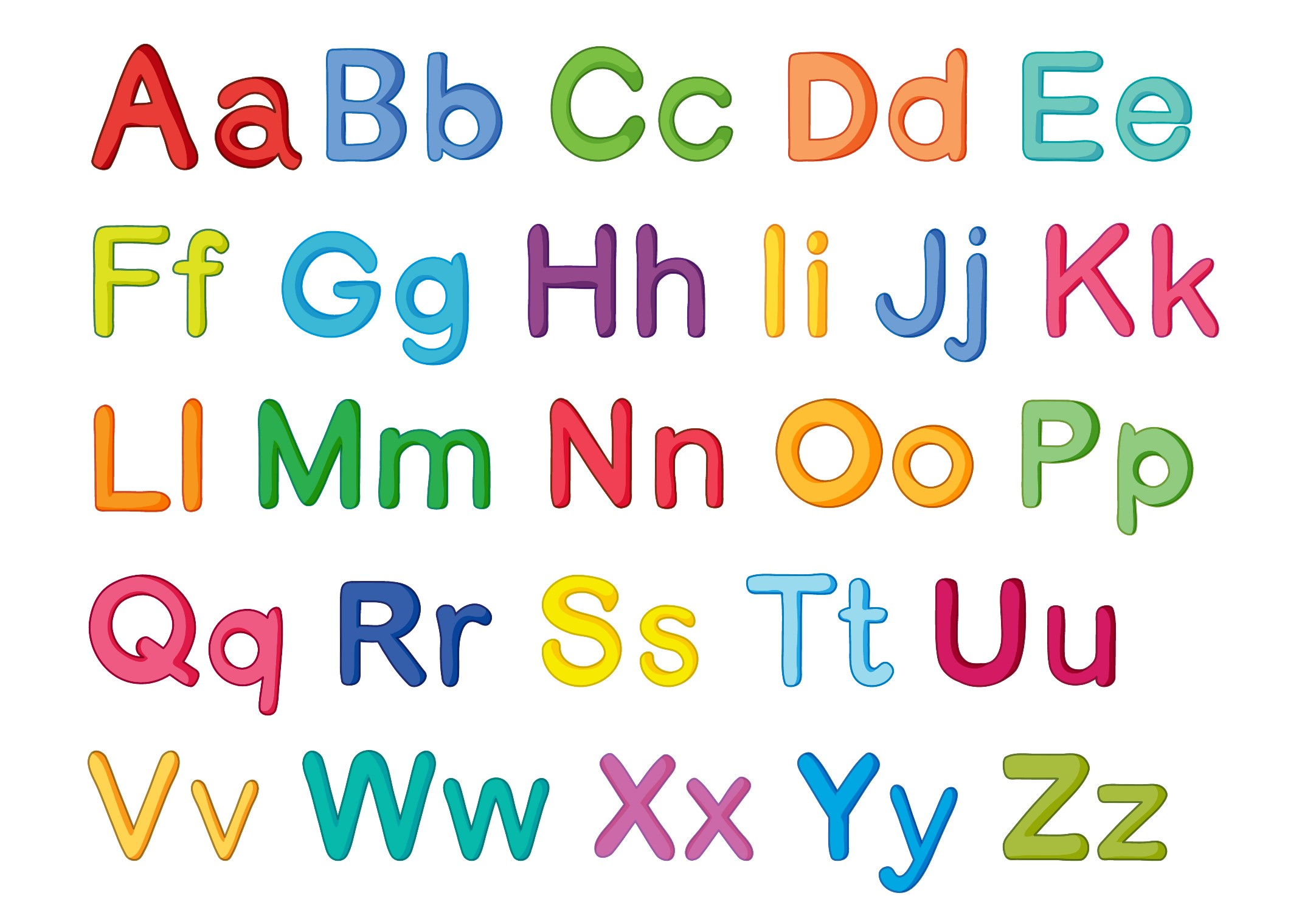A to Z Alphabet
“Welcome to ASKMORETOLEARNMORE, where knowledge is our compass and curiosity our guiding star. Join us on a journey of exploration, learning, and inspiration as we delve into the world of wisdom, In this post we will see A to Z Alphabet .”
Capital Letter

The English alphabet consists of both vowels and consonants. Vowels are letters that are pronounced with an open vocal tract, allowing the sound to flow freely. Consonants, on the other hand, are letters that are pronounced with some form of closure or restriction in the vocal tract. Here’s a breakdown of the English alphabet into vowels and consonants:
Vowels (5 letters):
- A
- E
- I
- O
- U
Consonants (21 letters):
- B
- C
- D
- F
- G
- H
- J
- K
- L
- M
- N
- P
- Q
- R
- S
- T
- V
- W
- X
- Y
- Z
Vowels are essential in forming the core of words, providing sound and structure to the language. Consonants, on the other hand, add variety and complexity to pronunciation. Together, vowels and consonants work in harmony to create the wide array of words and sounds in the English language.
Capital Letter With Small letters

The English alphabet, also known as the Latin alphabet, is the writing system used for the English language and is widely adopted for various other languages around the world. It consists of 26 letters, each with its own unique shape and phonetic value. The English alphabet serves as the foundation for written communication in the English language. Here’s an explanation of the English alphabet:
A to Z: The English alphabet consists of 26 letters, listed from A to Z, as follows: A, B, C, D, E, F, G, H, I, J, K, L, M, N, O, P, Q, R, S, T, U, V, W, X, Y, Z.
Letters and Sounds: Each letter represents one or more specific sounds in the English language. For example, the letter “A” is typically pronounced as “ay” or “ah,” as in “cat” or “cake.” However, some letters can represent different sounds in different words or contexts.
Capital and Small Letters: The English alphabet consists of two forms of each letter: uppercase (capital letters) and lowercase (small letters). Capital letters are used at the beginning of sentences and for proper nouns (names of people, places, or things). Lowercase letters are used in regular text.
Letter Shapes: The letters of the English alphabet have distinct shapes, making them visually recognizable. These shapes are used to form words, sentences, and entire written texts.
Order: The order of the letters in the English alphabet is standardized and consistent. This order is used for various organizational purposes, such as arranging words in dictionaries or sorting items in lists.
Alphabetic Writing System: The English alphabet is an alphabetic writing system, which means it is based on the principle of representing sounds with written symbols. This makes it different from logographic writing systems like Chinese characters, which represent whole words or syllables.
Vowels and Consonants: The English alphabet is composed of vowels (A, E, I, O, U) and consonants (all other letters). Vowels are typically pronounced with open vocal tracts, while consonants involve some level of vocal tract closure or restriction.
Script Variations: The English alphabet can be written in various scripts, including Latin script (used for most English text), cursive, and other decorative styles.
International Use: The English alphabet is widely adopted as the standard writing system in many countries for various languages, including Spanish, French, and German, in addition to English.
Cultural and Educational Significance: The English alphabet is a fundamental tool for literacy, education, and communication. Learning the alphabet is one of the initial steps in acquiring reading and writing skills.
The English alphabet is a vital element of the English language, allowing individuals to express thoughts, ideas, and information in written form. It is a fundamental aspect of communication, education, and culture in English-speaking societies and beyond.
We sincerely appreciate your time and interest in our content. Your support means the world to us, and we’re thrilled that you chose to visit our page.
At AskXYZ, we’re committed to delivering valuable and engaging content. We want to ensure that your experience with us is exceptional. That’s why we invite you to explore more of our posts/articles. We’re confident you’ll find something that piques your interest.
Your feedback is incredibly important to us. It helps us understand what you love and how we can improve. Please take a moment to share your thoughts or suggestions. We’re all ears!
Explore our other posts/articles and share your feedback with us .



